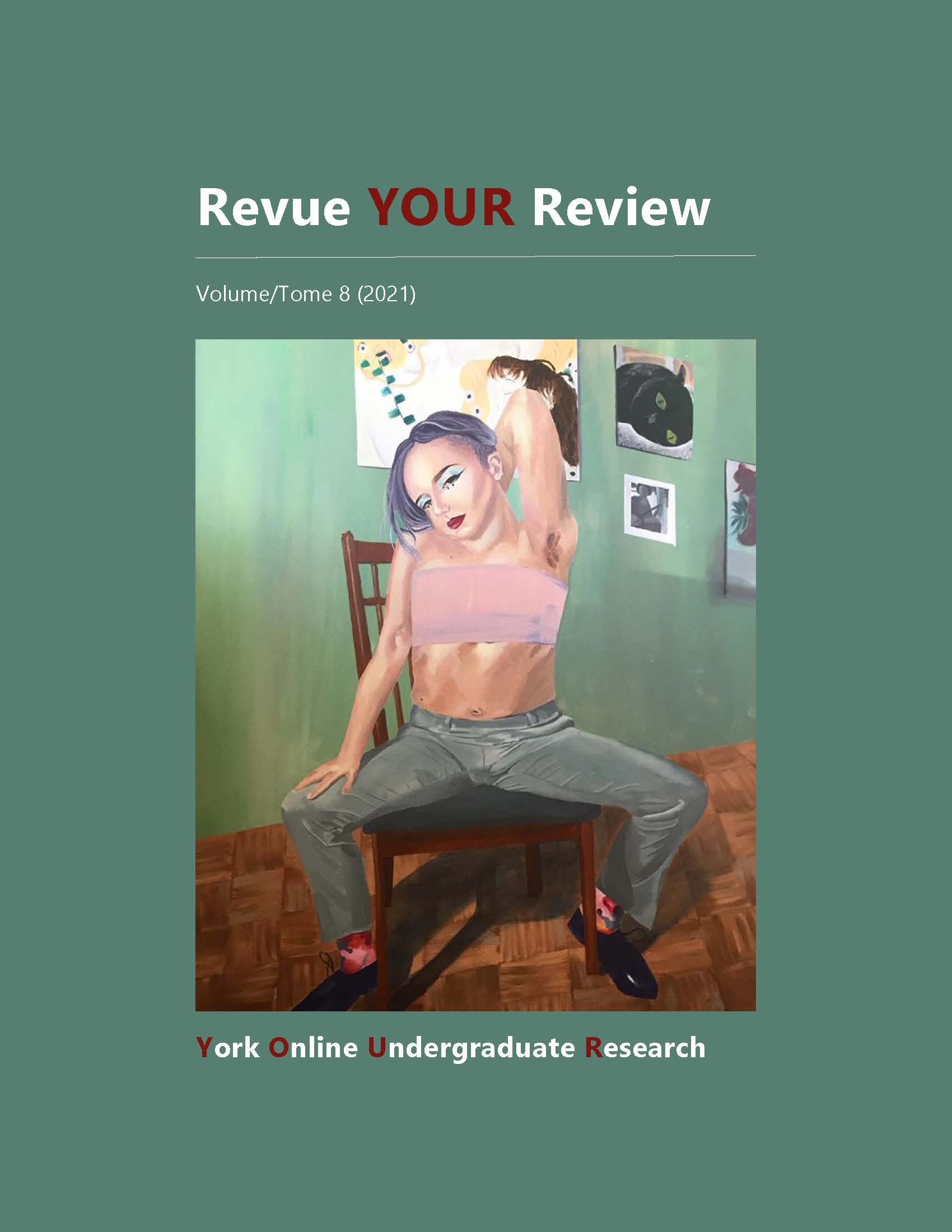Using digital technologies to fill gaps in HIV management in low-resource settings
Abstract
HIV is one of leading causes of death in the developing world and continues to be a global health concern. The HIV epidemic affects the most vulnerable and marginalized populations around the world and is fueled by a broad range of environmental, political, cultural, and social contexts. The purpose of this research project is to explore ways in which digital technology can fill gaps in HIV management, with a focus on low-resource countries. Over half of the world’s population is now online; text messaging and social networking sites offer an opportunity to improve the reach of health information and services to diverse and remote populations. A literature review was conducted to examine interventions involving digital technology to improve health outcomes, health behaviour, and delivery of health-care services for HIV positive patients. In low-resource settings, the use of mobile technology can be used for the delivery of HIV management and care. Going digital for health is no longer an option—it is the default.
Downloads
Published
How to Cite
Issue
Section
License
LicenseAuthors contributing to Revue YOUR Review agree to release their articles under one of three Creative Commons licenses: Creative Commons Attribution 4.0 International; Creative Commons Attribution-NonCommercial 4.0 International; or Creative Commons Attribution-NoDerivatives 4.0 International. All editorial content, posters, and abstracts on this site are licensed under Creative Commons Attribution-NoDerivatives 4.0 International. For further information about each license, see:
https://creativecommons.org/licenses/
In all cases, authors retain copyright of their work and grant the e-journal right of first publication. Authors are able to enter into other contractual arrangements for the non-exclusive distribution of the e-journal's published version of the article (e.g., post it to an institutional repository or publish it in a book or in another journal), with an acknowledgement of its initial publication in this e-journal.


